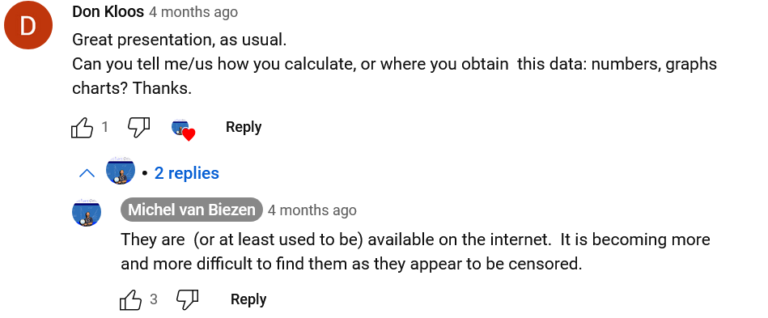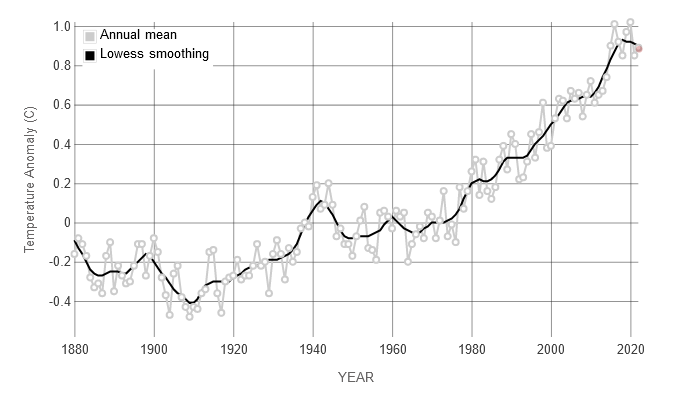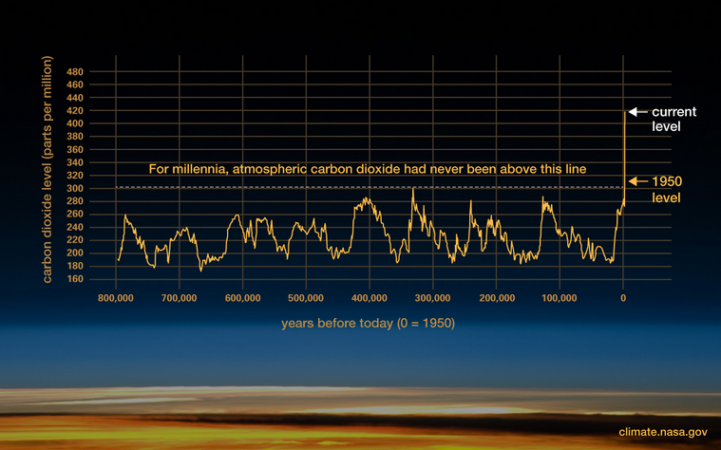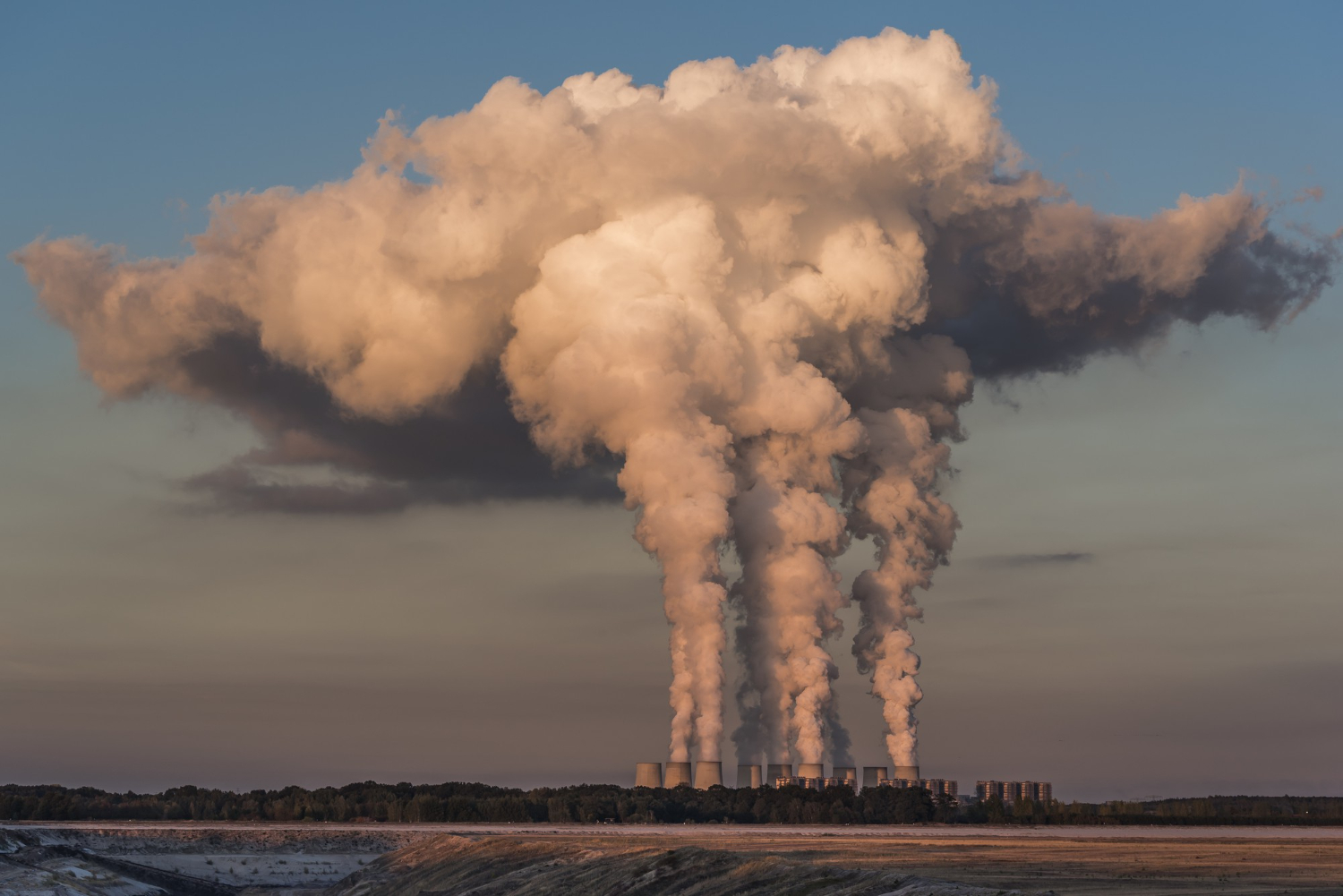Original article (in Croatian) was published on 26/05/2023
Meteorologist Dusan Bizic is making claims for which he has no relevant evidence, and with such claims, he is trying to diminish the influence of greenhouse gases on global warming.
What is the actual impact of greenhouse gases on global warming?
Judging by the text published on the web portal Gospodarski list, which was referred to by Faktograf’s reader who asked us to verify the statements, the impact of CO2 and other gases is actually minor. Gospodarski list presents itself on its website as “the oldest Croatian magazine for agriculture and the countryside”, which has been publishing since 1842.
The author of the text, meteorologist Dusan Bizic, who is also the author of the blog “Klima i energija”, begins the text with accurate statements – “greenhouse gases are permeable to ultraviolet and visible solar radiation and enable the Sun to heat the Earth, and at the same time retain the infrared radiation that the Earth re-emits in the space”. Without it, he states, “the Earth would radiate much more energy into space, and our planet would be cold and without life as we know it”.
However, in the rest of the text, Bizic makes claims for which he has no relevant evidence, and with the same claims, he diminishes the impact of greenhouse gases on global warming, stating that livestock farmers are unjustifiably under attack due to methane emissions.
Climate sceptics
The author of the text is also a signatory of the CLINTEL declaration, which Faktograf wrote about earlier, and which essentially denies man’s influence on the climate.
CLINTEL is an organization founded by Dutchman Guus Berkhout with journalist Marcel Crok. Berkhout used to lead the Delphi Consortium, a company that develops geo-imaging technology for the oil and gas industry, and to which several fossil companies, including Shell, BP and Chevron, paid tens of thousands of euros a year to have access to research.
In 2014, Bekhout launched a project called the Center for Global Socio-Economic Change (CFGSEC), financed by the Delphi Consortium. With the network he built from this project, Berkhout founded CLINTEL, although he denied that the organization was behind the financing of the oil and gas industry (DeSmog).
Among the scientists who signed the declaration, only a few are climatologists. Many of the signatories of the declaration are not scientists at all.
Non-credible graph
We managed to find parts of the text published in Gospodarski list, otherwise the oldest Croatian magazine for agriculture, on the author’s blog, as well as on CLINTEL’s website.
Bizic presents the thesis that the assumption about Earth becoming warmer due to the increased concentration of CO2 has no basis in the behaviour of nature and that it can be said that we are actually in a poor period, stating that such low concentrations of this greenhouse gas were last recorded in part of the Paleozoic.
“It may sound incredible, but the first twenty parts per million (ppm) of carbon dioxide are responsible for half of the total greenhouse effect produced by carbon dioxide. So, only the first five percent of gas is responsible for half of the total energy saved”
In support of this claim, Bizic cites a graph from which it is evident that the further addition of “larger amounts of carbon dioxide adds very little heat in global temperature”. It does not refer to any credible scientific sources, and the author “von Biezen, 2018” is cited as the source for the graph.

We tried to find out in which research the graph was published and based on which data and measurements it was created, but we did not succeed.
An Internet search for the graph showed that it appears only in a few places – on Bizic’s blog, on CLINTEL’s website, and as part of a video published on the YouTube channel “Ilectureonline” by the physicist Michael von Biezen.
In 2018, Von Biezen published a short video in which he claims that the first twenty parts per million (ppm) of carbon dioxide are responsible for half of the total greenhouse effect. In his video lecture, he also showed the mentioned graph.
However, when viewers asked him about the specific numbers and measurements he used to create the graph, Von Biezen did not give a precise answer.
He only wrote that the data is available on the Internet, but “that it is increasingly difficult to find it because it is censored”.

We also sent an e-mail to Bizic because we were interested in whether he might be familiar with the data and measurements on which the graph is based. We have not received the answer yet but we will publish it if it arrives.
Data and measurements that are credible prove the opposite of the author’s claim, namely that the amount of atmospheric CO2 is related to global temperature. The graph below shows the change in global surface temperature compared to the average for the period 1951-1980.

Although warm and cold years can be found during each decade, mainly when weather phenomena such as El Niño and La Niña occur, the global temperature, looking at the period since measurements are made, is increasing, and is related to the amount of atmospheric CO2.
CO2 levels
It is incorrect that CO2 levels this low were last recorded in the Paleozoic, a geologic era in the development of the Earth that began approximately 541 million years ago and lasted until about 252 million years ago.
“If it is true that, as Cicero said, history is the teacher of life, then we really do not have to be afraid of such a scenario since the Earth has already been in situations many times when the level of carbon dioxide was up to fifteen times higher than it is now”, states the text.
The amount of CO2 in the atmosphere is higher than at any time in the last 800,000 years.
This is revealed by data obtained from measurements of air bubbles trapped in polar ice, which is one of the more precise estimates that paleoclimatologists can make. Some reach even deeper into the past. However, the further back one looks, data on CO2 levels in the atmosphere becomes more uncertain.
Namely, during the ice ages CO2 levels were around 200 ppm, and during the warmer interglacial periods, they were around 280 ppm.
Ten years ago, in 2013 to be precise, CO2 levels exceeded 400 ppm for the first time in recorded history. The sharp rise occurs in parallel with the increasing use of fossil fuels.

Although such high levels of CO2 have never been recorded in human history, there are truly periods in the Earth’s geological past when the amount of CO2 in the atmosphere was much higher than today.
The most distant period for which scientists made estimates is 400 to 500 million years ago. It is assumed that at that time the concentration of CO2 in the atmosphere was 3,000 to 9,000 ppm.
However, completely different conditions ruled the Earth back then.
Throughout history, carbon dioxide levels have changed slowly, giving organisms and their ecosystems enough time to adapt to climate change through evolution and migration.
Today, due to the human factor, this is not the case.
Over the past 60 years, the annual rate of increase in atmospheric CO2 has been 100 times faster than the natural increase that occurred approximately 17,000 years ago at the end of the last ice age. Temperature reconstructions throughout history reveal that several mass extinction events occurred around the same time as rapid changes in CO2 levels.
For example, scientists associate the mass extinction of numerous species at the end of the Triassic (252 to 201 million years ago) precisely with the increased amounts of CO2 due to the numerous volcanic eruptions that occurred. High levels of carbon dioxide approximately 202 million years ago resulted, among other things, in ocean acidification and anoxia, i.e. loss of oxygen underwater (Columbia Climate School).
Referring to the disinformer
In the continuation of the text, the author refers to William Happer, a professor of physics from Princeton, who states that the increase in greenhouse gases is really small, but it is exaggerated to a threat that does not exist in reality.
Happer is otherwise known as a spreader of the most widespread climate myths, and at one time he was an adviser to another well-known climate crisis denier, former US President Donald Trump. Then The Guardian wrote that Happer has a distinguished career as an atomic physicist, but that he is simply not a climatologist and that his theses on climate change have long been disproved by science.
The website Skeptical Science lists some of Happer’s most widespread disinformation. Some of them suggest that the medieval period was warmer than today, that climate models are unreliable, that ocean acidification is not serious, and that investing in renewable energy sources destroys jobs.
According to the web portal Desmog, Happer previously received funds from the fossil fuel industry for his theses. An undercover investigation by Greenpeace revealed that Happer admitted that Peabody Energy paid him $8,000 to testify at a hearing on the impact of carbon dioxide in the US state of Minnesota in 2015.
Greenhouse gases and agriculture
The author of the text also states that demanding a reduction in greenhouse gas emissions will not significantly contribute to the warming of the planet, but will affect food production and that cattle breeding is under attack due to methane emissions.
“This is not about the production of any goods, but about putting pressure on the basic factor of human survival, whereby farmers, who are most responsible for maintaining our lives, are portrayed completely unjustifiably as enemies of the planet”, the text states.
Some of these statements are correct.
Methane is a greenhouse gas with a warming potential 80 times greater than CO2 over a 20-year period, and its emissions are responsible for 25 percent of the warming occurring today. To achieve the goals outlined in the Paris Agreement, it is necessary to reduce methane emissions by 40 to 45 percent by 2030, and such a reduction would also mean a reduction in warming of 0.3 degrees.
Agriculture is indeed considered the largest single source of human methane emissions; it accounts for about 40 percent of anthropogenic human emissions of that gas. However, most of the emissions covered by the agriculture sector come from cattle breeding, which “holds” about 15 percent of all greenhouse gas emissions (UN).
It is a fact that the production of meat, whose consumption on a global level has doubled compared to the 60s of the 20th century (and which is consumed much more in industrialized countries), leaves a large carbon footprint.
A study published in 2021 in the journal Nature concluded that a plant-based diet is responsible for 29 percent of greenhouse gas emissions emitted by the global food industry. On the other hand, cattle breeding is responsible for 57 percent of greenhouse gas emissions in food production.
At the same time, the largest carbon footprint (99.48 kilograms of CO2 per kilogram of meat) is left by the production of beef. In the production of some other types of meat, this percentage is lower – for example, the production of lamb emits 39.7 kilograms of CO2 per kilogram of meat.
All of these are reasons why reducing meat consumption is cited as advice for a more ecological way of life.
Reducing the carbon footprint of the food industry
However, this does not mean that farmers have been declared enemies of the planet or that they will be banned from agricultural or cattle breeding practices in the near future.
Such a proposal, in the context of adaptation to the climate crisis, has not yet come from any relevant instance.
At the COP26 climate conference, which took place in Glasgow in 2021, more than a hundred countries signed the Global Methane Pledge, in which they pledged to reduce global methane emissions by at least 30 percent in 2030 compared to 2020 levels.
Nowhere in that document is the closure of livestock farms mentioned as a measure, nor are farmers labelled as enemies of the planet.
However, the document outlines some of the actions in the agricultural sector that should be undertaken, which include changes in feeding and nutritional supplements to reduce intestinal fermentation in livestock, as well as better manure management by installing a biogas digester and reducing manure storage time.
Several other solutions could be used to reduce the carbon footprint of the global food industry, which apply to producers as well as to food consumers themselves.
Farmers could increase yields through improved crop genetics and better agricultural practices, as there are large differences in food emissions for a given food product depending on where and how it is produced, which is true for both crops and livestock.
Consumers, on the other hand, could reduce food waste, as about six percent of global greenhouse gas emissions come from wasted food.
In addition, many people eat more food than they really need to maintain their body weight. According to data from the World Health Organization (WHO), obesity in the world has tripled since 1970. In 2016, more than 1.9 billion adults aged 18 and older were overweight.
To reduce emissions in the agricultural sector, it is necessary to reduce the consumption of meat and dairy products, which mostly applies to the population of rich and medium-developed countries.
In conclusion, Bizic manipulatively reports that the reduction of greenhouse gas emissions represents a blow to farmers and pressure on the “basic factor” of human survival. In order to support his thesis, Bizic uses an incredible graph that was created based on data whose source cannot be found. Accordingly, we rate his article published on the web portal Gospodarski list as partially incorrect.



